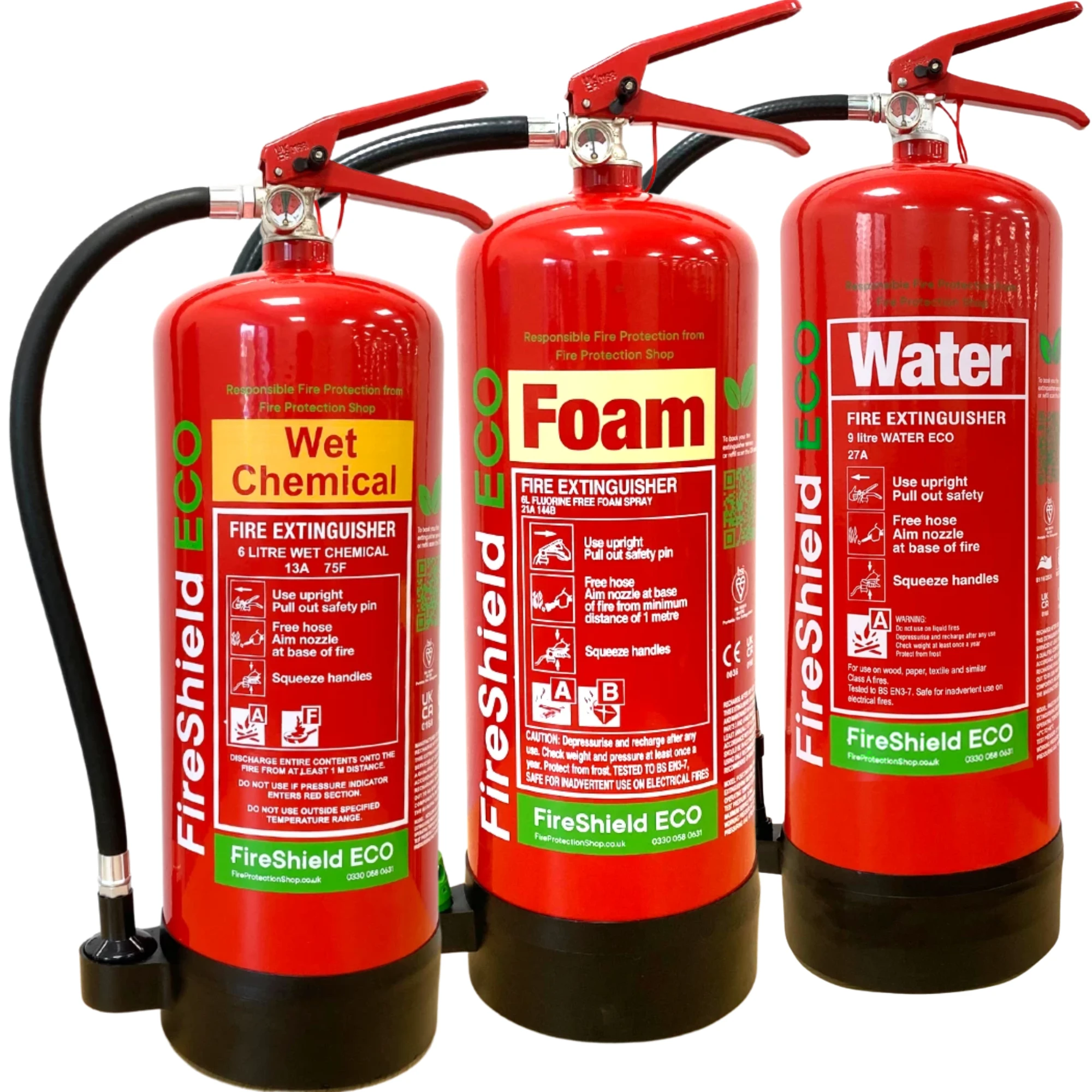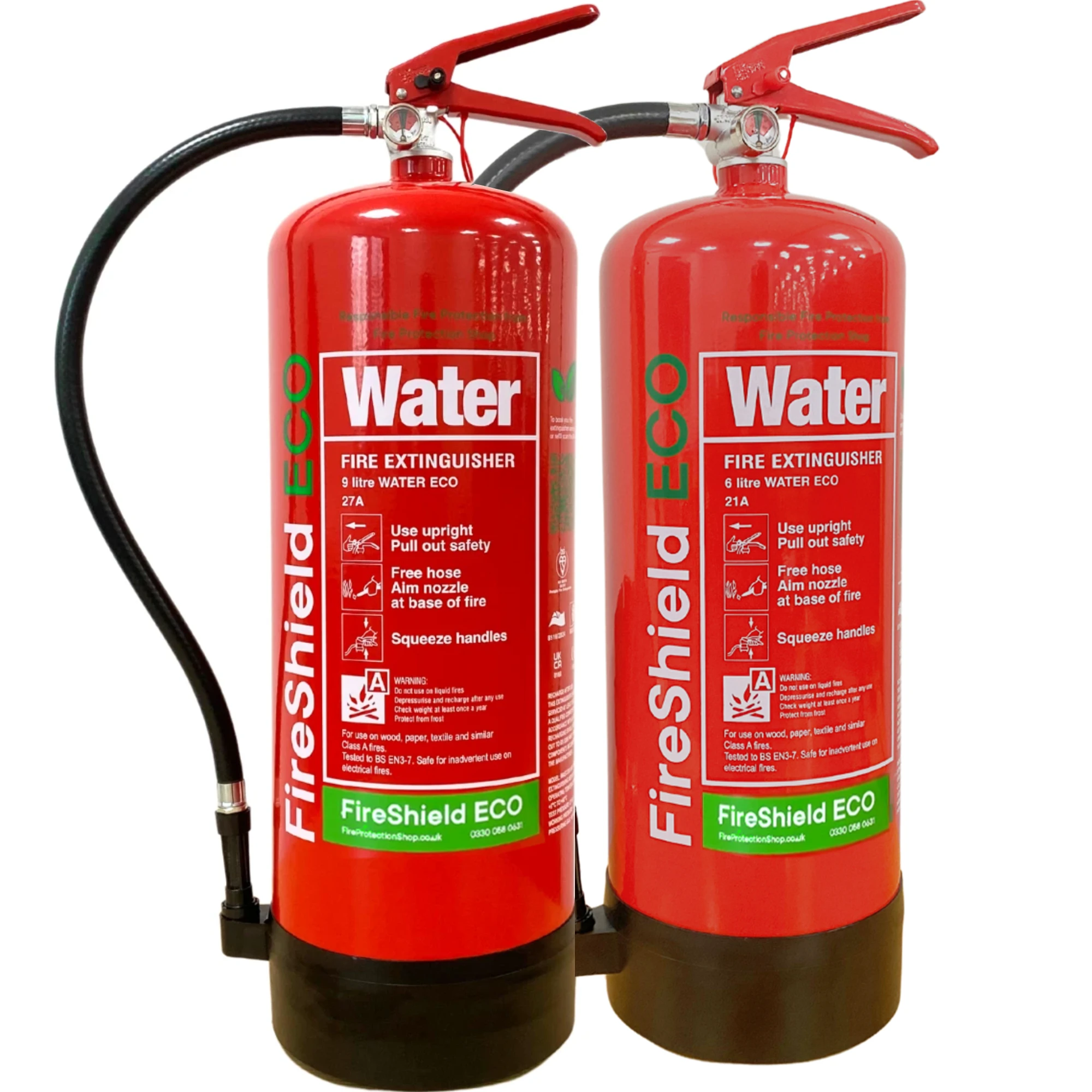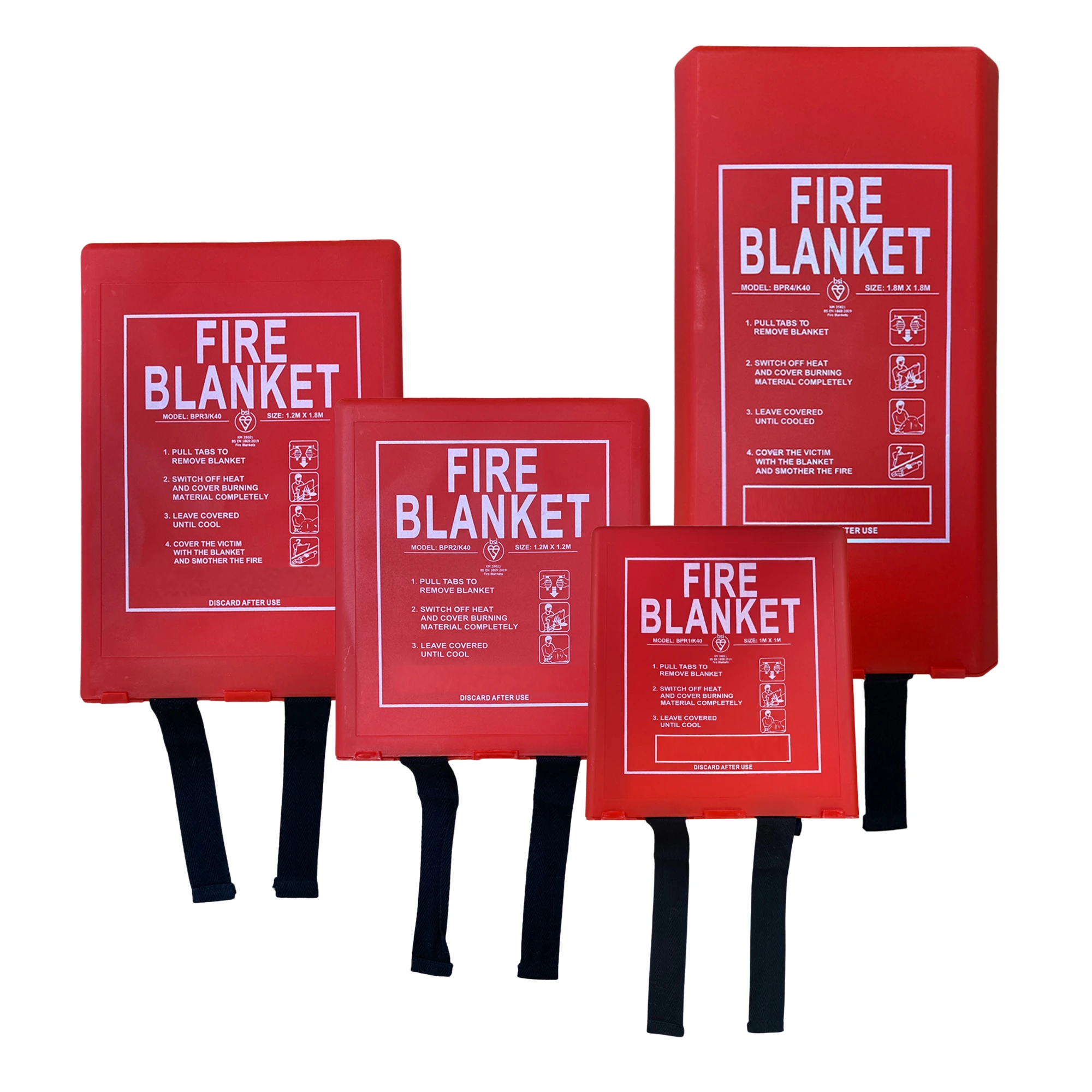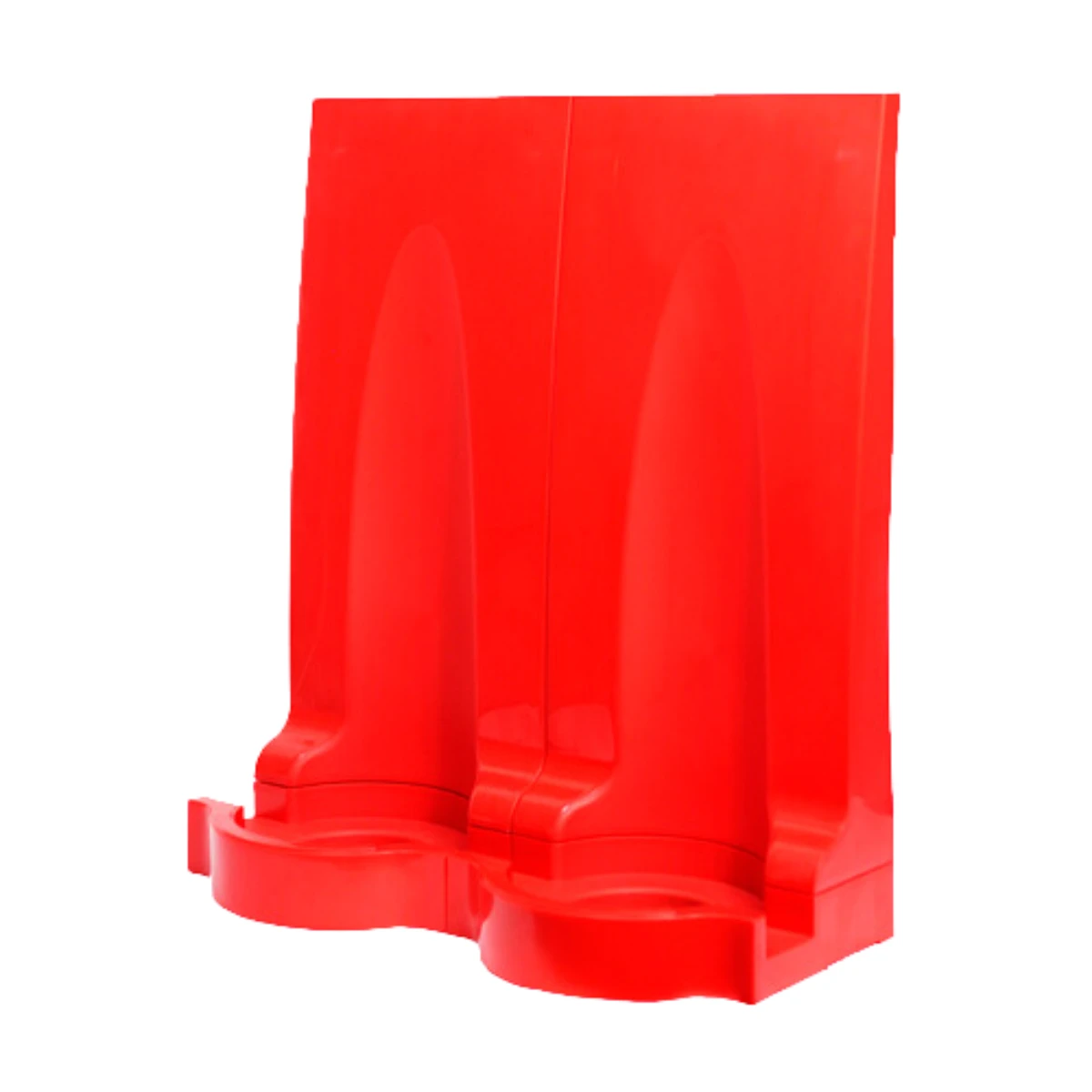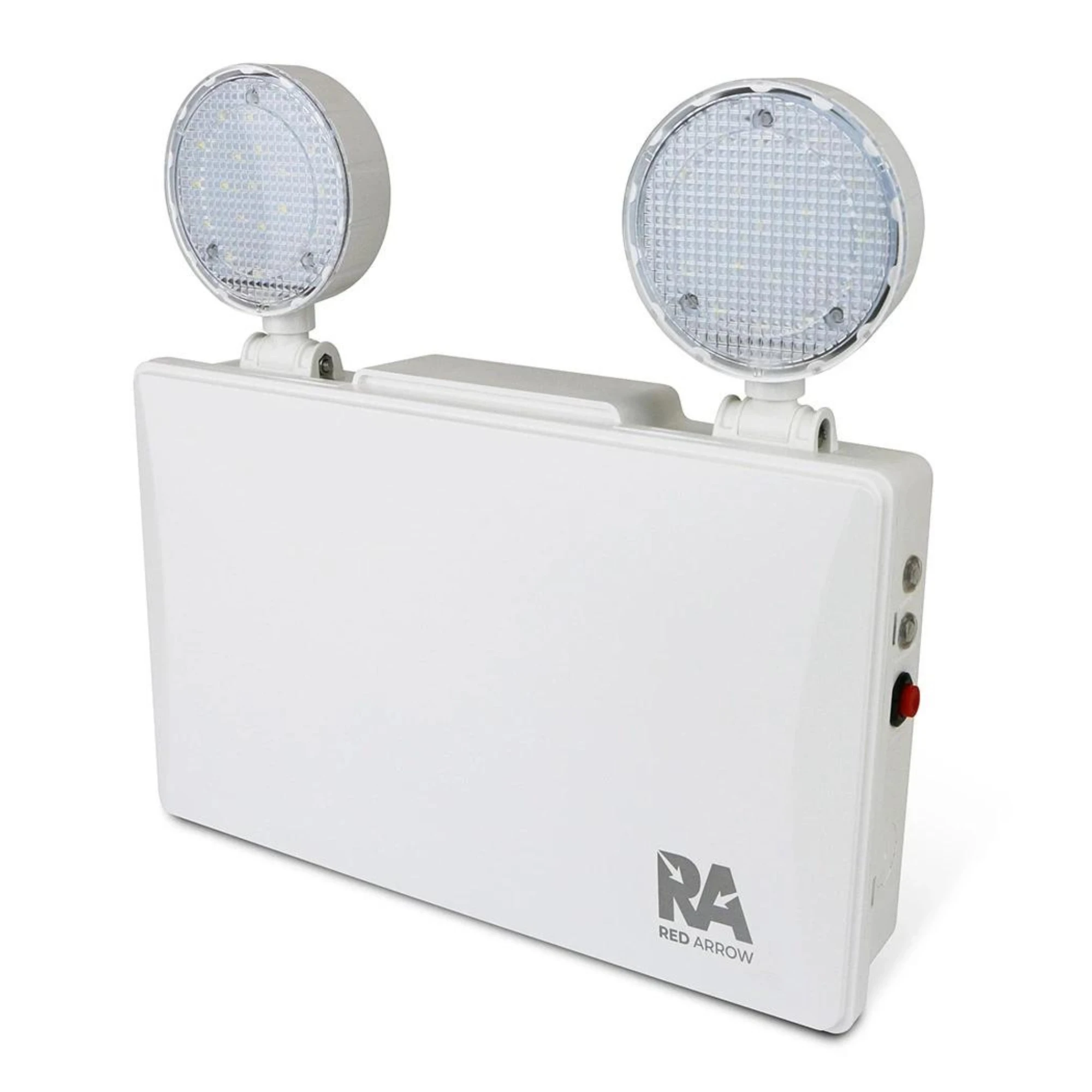
Need assistance?
Need Assistance? Call Us 0330 058 0631





















 Book a service
Book a service



eco-friendly and non-toxic fire protection measures
Environmentally Friendly ExtinguishersIn the event of a fire, non-toxic fire extinguishers help prevent harm to the animals. In fact, traditional fire extinguishers contain PFAS chemicals that can be harmful if inhaled or ingested by animals. Non-toxic alternatives minimise this risk, ensuring the safety and well-being of the animal inhabitants.
PFAS chemicals are harmful to the environment and when released into the air, food or waterways, can cause serious damage to animals and humans. Non-toxic extinguishers are formulated with environmentally friendly agents, reducing the ecological and physical impact in case of accidental discharge or leakage. We heavily recommend the enviroFoam fire extinguisher.

Animal conservation, like any complex facility, has a variety of potential fire hazards. More commonly, you will face Class A (solid combustibles), Class B (liquid combustibles) and electrical equipment fires.
Some examples of this include:
Class A solids: animal bedding materials (hay/straw), wooden fences and cloth.
Class B liquids: gasoline, diesel, or cleaning solvents for maintenance activities, equipment operation, or vehicle refuelling, cleaning agents, pesticides and even veterinary supplies.
Electrical equipment: faulty wiring, overloaded circuits, damaged outlets, heating systems and heating lamps used in animal enclosures.
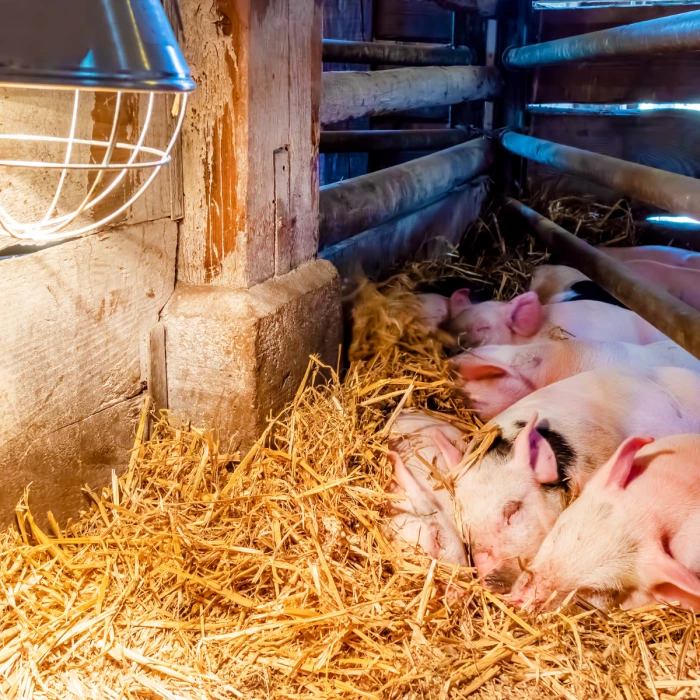
Rotary alarm bells produce a loud, 60dB distinctive sound that can be heard over long distances and through various ambient noises outdoors. This helps to quickly alert both staff and visitors in the event of a fire emergency.
During an emergency, other alarm systems may fail due to power outages or technical issues. Hand-operated rotary alarm bells can still function reliably, ensuring that the fire alarm signal is heard.
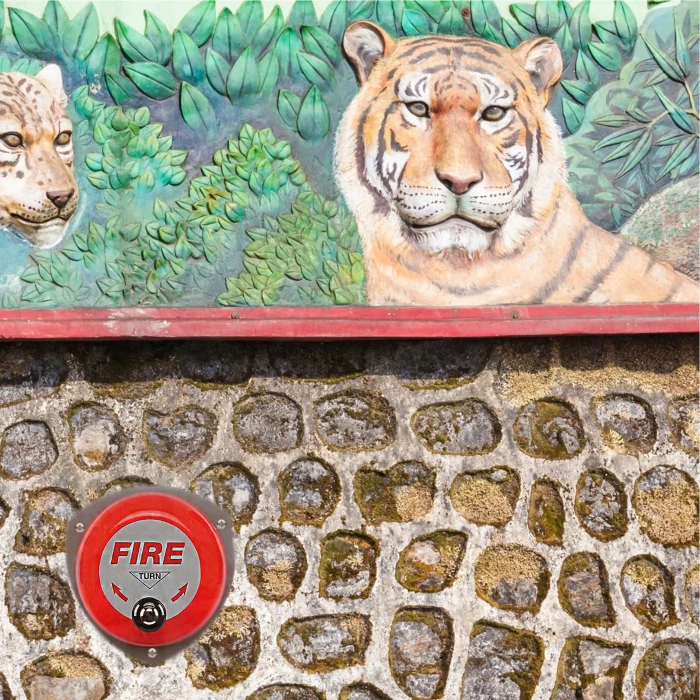
We use cookies to enhance your site experience. Choose your preferences below.

